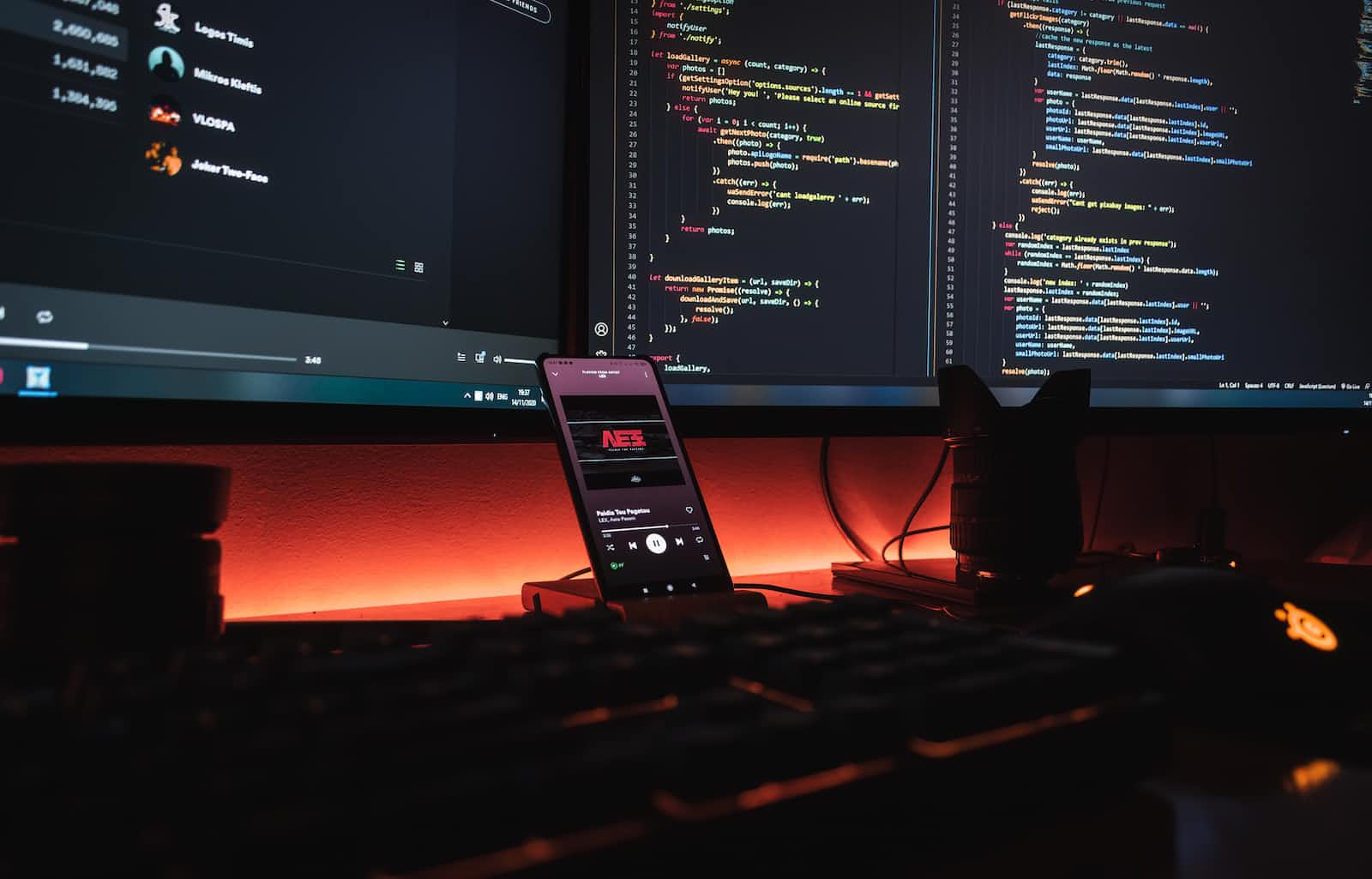Introduction to Python
 Satyam Aaditya
Satyam AadityaTable of contents

What is Python?
Python is a high-level, interpreted programming language that is widely used for general-purpose programming. It was first released in 1991 and has since become one of the most popular programming languages in the world. Python is known for its simplicity, readability, and ease of use, making it an excellent choice for beginners as well as experienced programmers.
Python is an object-oriented programming language, which means it uses objects to represent data and the operations that can be performed on that data. It also supports other programming paradigms, such as procedural programming and functional programming.
Python is often used for web development, scientific computing, data analysis, artificial intelligence, and machine learning. It has a large and active community of developers, who contribute to a vast array of libraries and modules that make it even more powerful and versatile.
Python is free and open-source, which means anyone can use, modify, and distribute it without paying for a license. It is available for download on the official Python website and can be installed on almost any operating system, including Windows, Mac OS, and Linux.
What can Python do?
Python is a versatile programming language that can be used for a wide range of applications. Here are some examples of what Python can do:
Web Development: Python can be used to develop web applications and APIs using popular web frameworks like Django, Flask, and Pyramid.
Data Analysis: Python has several libraries like NumPy, Pandas, and SciPy that are specifically designed for data analysis, making it an excellent choice for data scientists and analysts.
Artificial Intelligence and Machine Learning: Python has several libraries like TensorFlow, Keras, and PyTorch that are used for developing artificial intelligence and machine learning applications.
Automation and Scripting: Python can be used for automation and scripting tasks such as web scraping, data manipulation, and text processing.
Game Development: Python can be used to develop 2D and 3D games using libraries like Pygame and Panda3D.
Desktop Applications: Python can be used to develop desktop applications using popular GUI frameworks like Tkinter, PyQt, and wxPython.
Internet of Things: Python can be used for developing applications for IoT devices like Raspberry Pi and Arduino.
Overall, Python is a powerful and flexible language that can be used for a wide range of applications, making it a popular choice for developers across industries.
Why Python?
There are several reasons why Python has become one of the most popular programming languages today. Here are some of the key reasons why people choose Python:
Easy to Learn: Python has a simple syntax and is easy to read and write, making it a great choice for beginners. Its readability and ease of use make it accessible to people from non-technical backgrounds as well.
Versatile: Python can be used for a wide range of applications, including web development, data analysis, artificial intelligence, machine learning, and more.
Large Community: Python has a large and active community of developers who contribute to its development and share their knowledge and resources online. This makes it easy for developers to find help and collaborate on projects.
Extensive Libraries: Python has a vast array of libraries and modules that can be used for various tasks, such as data analysis, web development, and machine learning. This saves developers time and effort and allows them to focus on the core aspects of their projects.
Cross-platform: Python can run on multiple platforms, including Windows, Mac OS, and Linux. This makes it an excellent choice for developers who need to write code that can be used on different operating systems.
Open-source: Python is free and open-source, which means anyone can use, modify, and distribute it without paying for a license.
Overall, Python's simplicity, versatility, and community make it an excellent choice for developers across industries and skill levels.
Python Syntax compared to other programming languages:
Python syntax is often considered to be more straightforward and easier to read compared to other programming languages. Here are some of the key differences in syntax between Python and other programming languages:
Indentation: One of the most significant differences in Python syntax is the use of indentation to delimit blocks of code. This is different from other languages like C++ and Java, which use curly braces ({ }) to define blocks of code.
Dynamic Typing: Python is dynamically typed, which means that the type of a variable is determined at runtime, rather than being explicitly declared in the code. This is different from statically typed languages like C++ and Java, where the type of a variable must be declared before it can be used.
Fewer Symbols: Python code often uses fewer symbols compared to other languages. For example, Python uses the colon (:) to start a block of code, rather than the curly braces used in languages like C++ and Java.
No Semicolons: Python does not require the use of semicolons (;) to end a statement, which is a common feature in many other programming languages.
Function Calls: In Python, function calls are made using parentheses, while some other languages use other symbols, such as square brackets or curly braces.
Overall, Python's syntax is designed to be easy to read and write, making it an accessible language for beginners and experienced programmers alike. Its dynamic typing and use of whitespace can take some getting used to for programmers coming from other languages, but many developers find that Python's syntax is simple and intuitive once they get the hang of it.
** Example: **
print("Hello, World!")
Subscribe to my newsletter
Read articles from Satyam Aaditya directly inside your inbox. Subscribe to the newsletter, and don't miss out.
Written by
